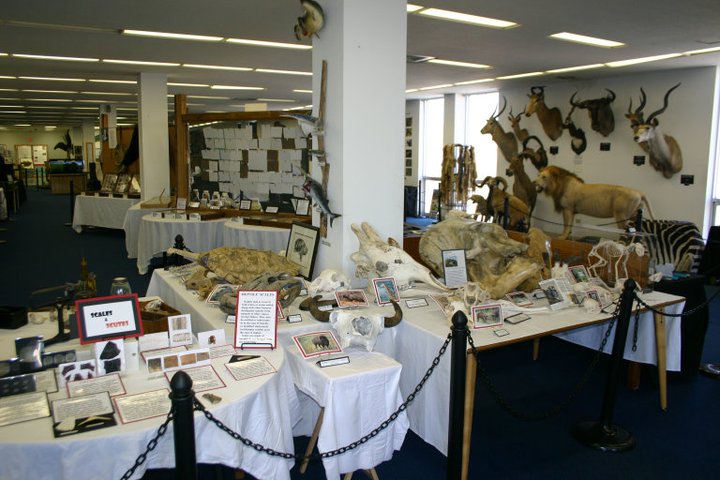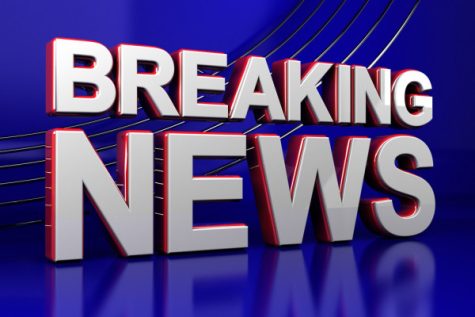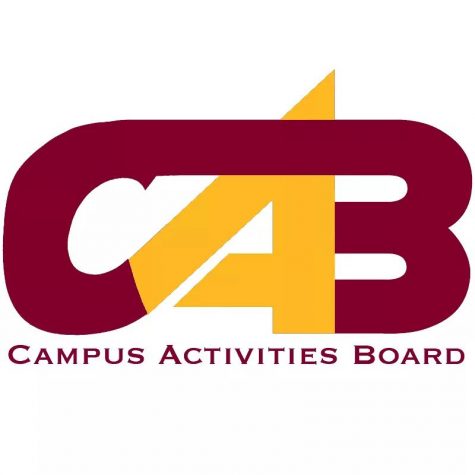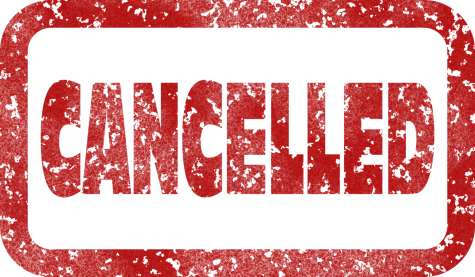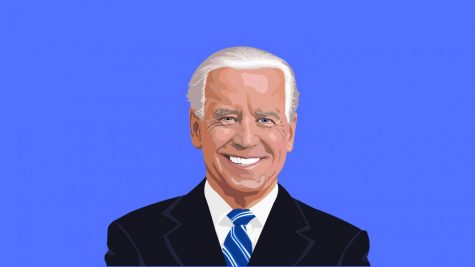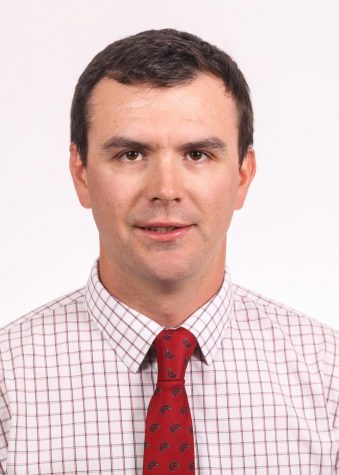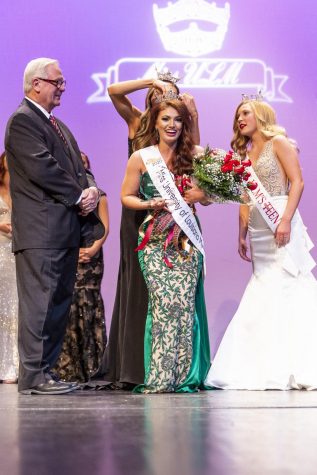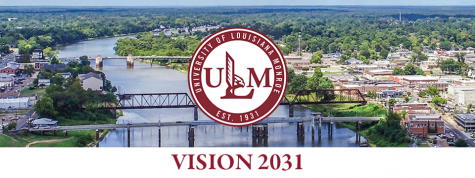Administration confirms collections may be destroyed, track renovations go unaddressed
A Facebook post made by ULM’s Museum of Natural History on Tuesday alleged that millions of research collections would be destroyed so that renovations could be made to track facilities. Administration responded on Wednesday.
The specimens on view at the ULM Museum of Natural History are separate from the research collections that may be destroyed.
March 29, 2017
Vice President Eric Pani clarified what he called “erroneous information” concerning administration’s decision to potentially destroy the ULM Museum of Natural History’s research collection in an email to ULM faculty and staff Wednesday. Pani clarified that there is still time to find the collections a new home, but confirmed they will be destroyed mid-July if a space cannot be found. He did not comment on whether the decision is related to track facilities renovations, which was alleged in a Facebook post made by the museum’s page Tuesday and reported in an article by the Washington Post.
The research collections hold millions of plant and animal specimens that are unique to Northeast Louisiana and are not available for viewing at the museum.
The museum’s Facebook post Tuesday said administration decided to “divest” in the collections so that Brown Stadium, where the collections are currently housed, can be renovated.
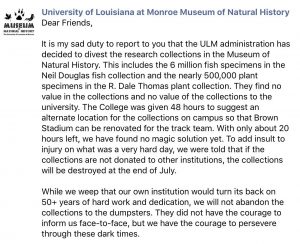
Renovations to Brown Stadium are scheduled to begin this summer and would allow track and field competitions to be held on ULM’s campus. Right now this is an impossibility due to the track’s unsanctioned status.
Pani did not address the allegation that the collections are being moved because of the track renovations in his email.
The museum’s post said curators were given 48 hours to find a new place for the collections on campus, and that they will ultimately be destroyed if a new home, on campus or not, is not found for them by July.
The post, now deleted, spread quickly and left many under the impression that the museum itself would be shut down, and that its collections would be destroyed in 48 hours.
This is not true, according to Pani, who took responsibility for making the decision to move the collections. The museum will not be closed, and curators will have about three and a half months to relocate the collections.
The College of Arts, Education and Sciences, which curates the museum, requested 48 hours to find space for the collections on campus. This time has passed and nothing was found, so the search for an off-campus home is beginning.
Pani said the department is beginning to seek other institutions willing to accept the collections as a donation as well as transport them out of Brown Stadium by mid-July.
“Failing that, disposal of the collection seems to be the only alternative,” Pani said.
The biology department was told they can choose whichever specimens are most appropriate for teaching and keep them in a classroom-size storage space on campus.
Pani said the situation is not ideal, but it makes the most sense for preserving the collections. He did not specify why the collections need to be moved in his email, but he said school administration will do “everything in its power to find the right fit for the collection.” He added that he hopes this new home will be in Louisiana or at least in the Southeast.
In an article published by KNOE Tuesday, Pani is quoted saying that ULM can no longer afford to store the specimens.
“Unfortunately, the fiscal situation facing the university over the years requires us to make choices like this. We can no longer afford to store the collections and provide all of the public services we have in the past,” he said, according to KNOE.
The research collections have only been used for instructional purposes by students and faculty in the last few years, Pani said in his email to faculty and staff. Research using the collection has mostly only been done by people unaffiliated with the university.
“I have concluded that the scientific integrity of the museum’s research collection will be better preserved at another institution that has the resources to house and care for it adequately,” Pani said.
Check The Hawkeye for more information as this story develops.
Below is the email Eric Pani sent ULM faculty and staff on Wednesday.
Dear Colleagues,
Postings on social media platforms recently have provided erroneous information about the decisions made regarding the Museum of Natural History at the University of Louisiana at Monroe (ULM) and its research collections. I am the person who made those choices and want to provide you with a first-hand account that is accurate and true.
The research collections of plants, fish, amphibian, and reptiles have not been used by our students and faculty much in the last few years, except for instructional purposes. Research use has largely been confined to people outside ULM from loans we have made to them and visits they have made here. However, we have still had to maintain the collection. I have concluded that the scientific integrity of the Museum’s research collection will be better preserved at another institution that has the resources needed to house and care for it adequately. While this decision in not my ideal, it makes the most sense for preserving this important resource. The ULM administration will do everything in its power to find the right fit for the collection which we hope will be in Louisiana or at least in the southeastern United States.
Given that, I have asked that the Biology faculty pare the collection down to something that would meet their teaching needs and that would fit into a classroom-sized space. The rest of the collection needed to be moved, and they should begin to seek other institutions willing to accept our donation and transport the remaining holdings to their new home by mid-July. Failing that, disposal of the collection seems to be the only alternative. The 48-hr period mentioned in an erroneous Facebook post was the amount of time requested to locate other space on our campus where the whole collection could be moved. That search has not located anything suitable.
Please also understand that the Museum is not being closed. It will remain on campus, but we are delaying its expansion for approximately two years because of space needs for another academic project that will be announced soon.
I hope that you will help dispel false information about ULM and this matter by sharing this email with others.
*********************************
Eric A. Pani
Vice President for Academic Affairs
University of Louisiana at Monroe

